10 Tips for Dealing with Termites

A recent survey indicates that 1 in 3 houses in Australia are dealing with subterranean termite infestation which can cause major structural damage to building timbers.
The severe termite damage to the Australian buildings has been caused by several factors:
• Historic use of softwood and untreated timber for the structure and non-structural areas of the building
• The removal of soil barrier chemicals in 1995
• Softwood landscaping timbers that are attractive to termites
• The modern building design, including automatic watering systems, landscaping works and building maintenance which allows concealed termite infestation into buildings and encourages termite activity
Homeowners and builders should take the termite problem seriously and try to find long-lasting solutions for it. There are many things that can be done before and after building the house, to prevent or get rid of termite infestation.
Here are some popular pre-construction termite prevention methods used in Australia:
• Using rock particles, termite mesh or a poured concrete foundation for building a strong termite barrier beneath the house
• During construction it is recommended to use treated wood or steel frames to prevent termites.
• Chemical barrier treatments are also considered effective, although they are usually used as a last resort (when the other approaches have failed).
• For the homes that are already built on a concrete slab, termites can be prevented by removing all timber, plants, wood, paper, cardboard or any other materials from around the foundation. Nothing should touch the soil except for the concrete foundation. This allows a regular inspection to check for telltale “mudding” termites use to get into concealed areas
• Regular termite inspection is also a must: look for mud shelter tubes, cracks in the foundation, cracked paint and other patterns in the wood which may be a sign of termite infestation. Frequent power failures may also indicate a termite problem
• Keeping plants trimmed and at least 30 centimetres away from the walls of the house will help damp areas dry quicker and will allow regular inspection
• Make sure the space underneath the house (subfloor) has proper ventilation, as subfloor moisture could create the right conditions for termite infestation and could also cause unpleasant odours and encourage fungus growth.
• Leaking bathrooms should be fixed quickly to provide a permanent water source for termites
If you have already detected signs of termites in your house, and you are looking for effective, long-term solutions, here are some ideas that might help:
Hire a Building Consultant
Hire a building consultant to advise on the issue. The consultant will establish the cause of the pest problem and can carry out further investigation to determine the extent of the damage and the recommended steps for pest control. Even if the pest problem has been dealt with, reinspection every 3 months is necessary to keep the situation under control.
Use a Monitoring & Baiting Station
Using a monitoring and baiting station is another way of dealing with termites. The baiting station is placed near the house, usually in-ground. Termites will take the bait (a low-toxic IGR that slowly kills termites) to the nest, killing the entire colony. The monitoring station solution is costly and may require constant maintenance. Also, it has no guarantees, as the termites might not even find the bait. So, it is preferable to use other complementary prevention methods as well.
If they are not discovered immediately, termites can cause major damage to buildings. This is why it is vital to hire an excellent specialist to perform regular pest inspections. Additionally, taking all precautionary measures to prevent termite infestation and doing maintenance work certainly helps.
Tyrrells can carry out a Pest inspection of your property. The cost of pest inspections varies, so please contact Tyrrells (phone 1300 131 270) for an estimate. The time required to complete investigation should range between 40 and 80 minutes, depending on the size of the property and the ease of its access.


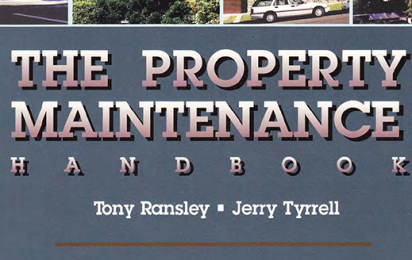


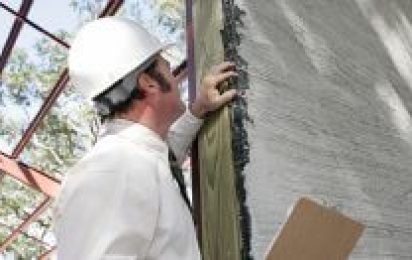

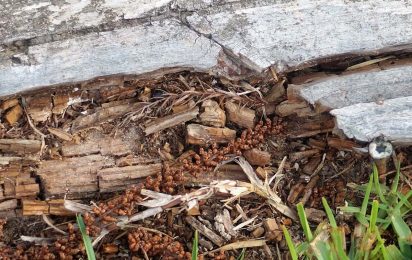


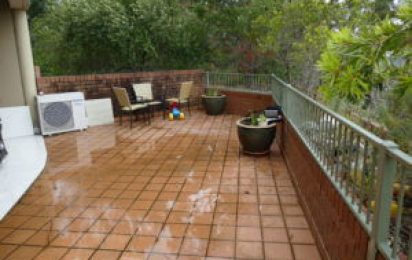

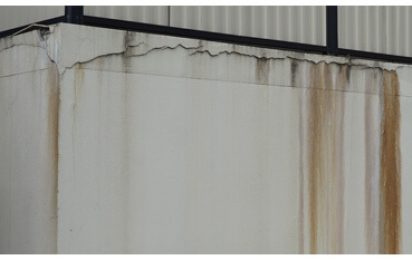





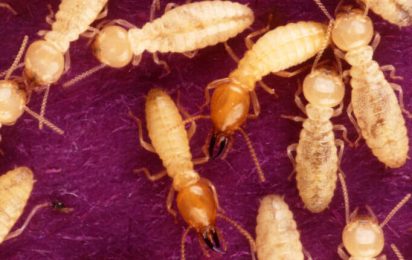









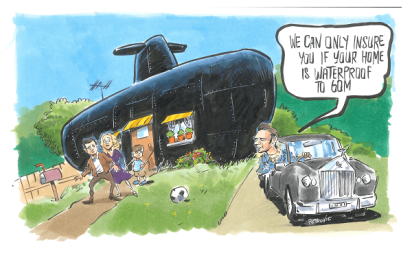


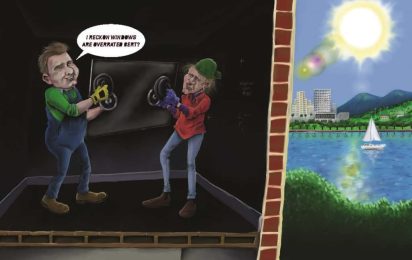


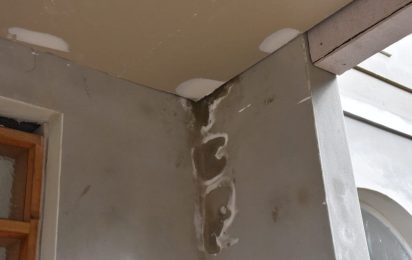

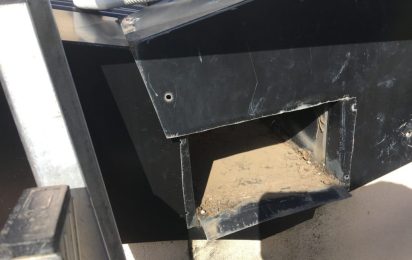
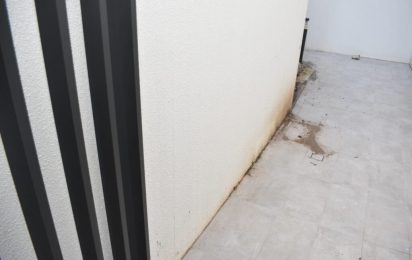

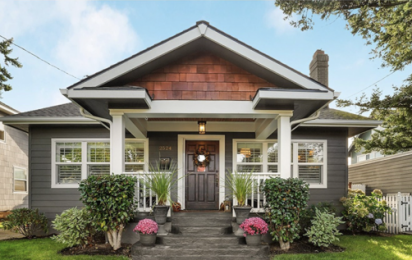
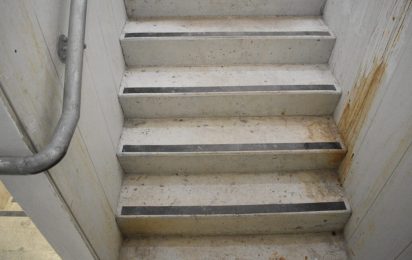
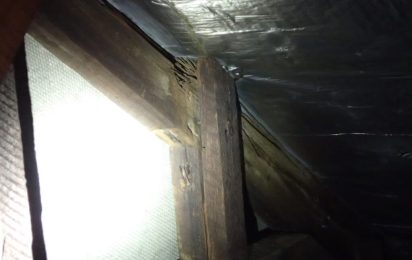
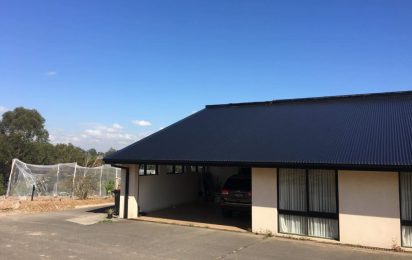

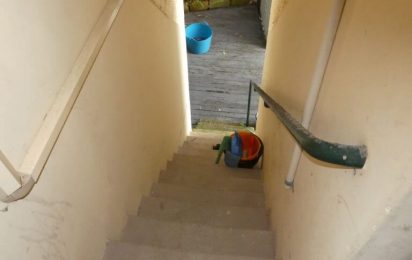
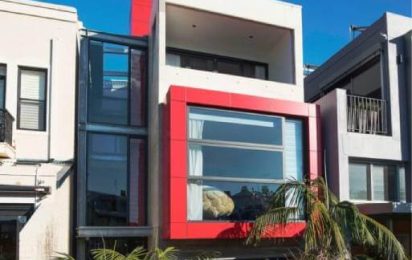
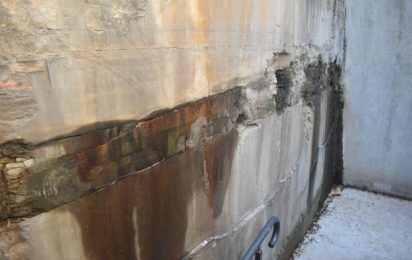
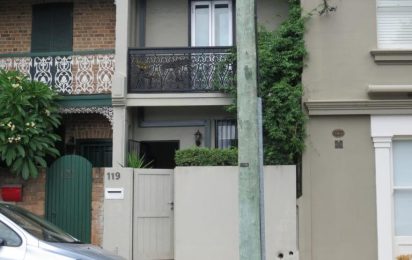

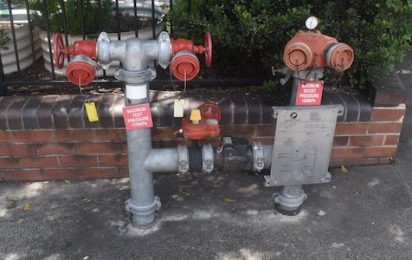




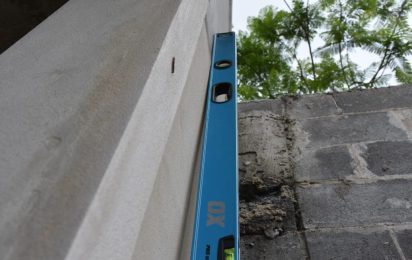




 Back to publication
Back to publication
